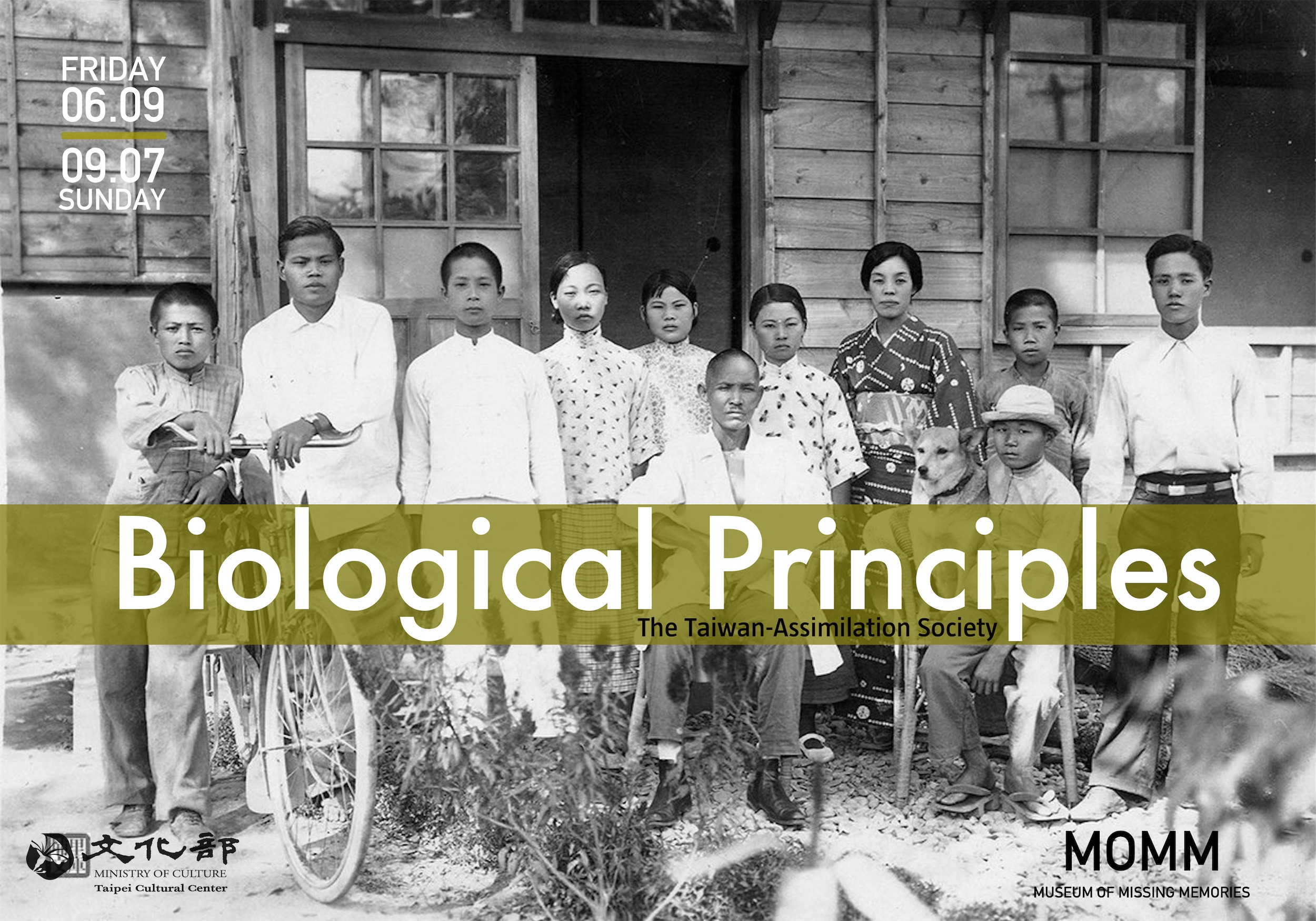Taipei 2017 | Exhibition series about Japanese propaganda in the early 20th century. An illustration of commercial construction of memory and the sovereignty of interpretation. Museums are institutions of collecting, preserving and power of interpretation as representative memory places. In constructing identity they deliminate and display the stranger, as well as turning to one’s own culture and history. The project compares the visual and audible mediation of museums in different countries on the same issue of Imperial Japan.
Translator of War: Due its geographical advantages Taiwan became a base to the imperial strategy to occupy South China. As the war continued many Taiwanese volunteers were given training courses in Min, Cantonese and Mandarin languages, and served as translators for the Imperial Japanese Army operating in China.
Covering the Bride: Production of bullet proofed bamboo umbrellas / parasols with thin foil of metal as shield instead of paper. Sceneries of classical ukiyoe prints which depict the demons of war are punctured on the metal.
Torii Ryuzo: As the premier authority whose racial theories sup ported the Colonial Government policies he was the first professional Japanese anthropologist to go to the field armed with a camera. Similarly, throughout his career, there are dozens of selfportraits of Torii in many native costumes or in a Japanese soldier’s uniform.
Wages of Guilt: Camphor happens to be the major plasticizer and stabilizer in producing nitrocellulose. Therefore, since the invention of smokeless powder, camphor has become an indispensable material for the military industry.
Demon Bird: In 1923, Sato Haruo (1892– 1964) published Macho “Demon Bird” after he traveled to Taiwan in 1920. A short work based on a study by anthropologist Mori Ushinosuke, then deputy director of the Taipei Museum.















